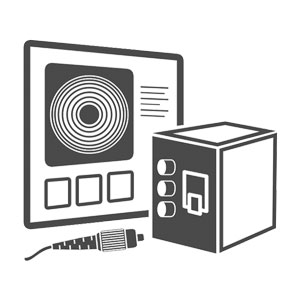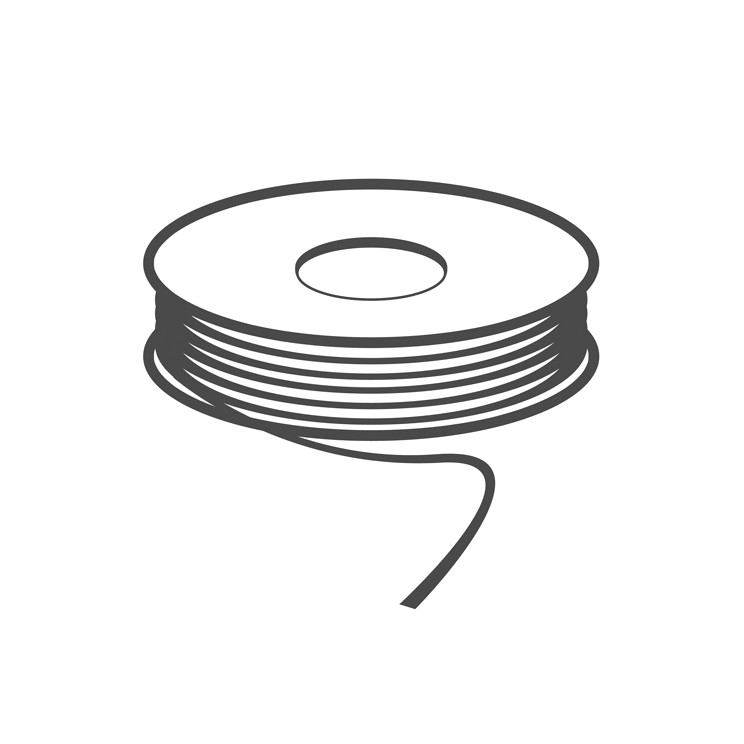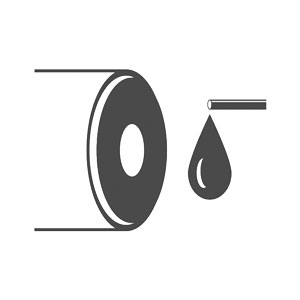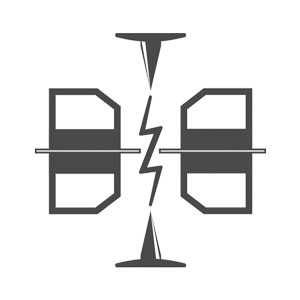Fiber Optic Center will be at Anga Com - Schedule your meeting with a member of the FOC team now
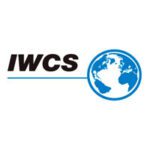
Visit Fiber Optic Center at Booth 218 During IWCS 2023
Booth Schedule Includes Product Demonstrations and One-on-One Discussions
Meet with Wayne Kachmar, Technical Horsepower Consulting
Smart cables have one or two instances that require ‘smarts’ beyond its passive device status This discussion explores what constitutes a smart installation cable.
Discussion topics include:
- Smart needs during installation
- Self-repair for determining when failures occur
Meet with the Fiber Optic Center Technical Team
The technical team combines their field experience to demonstrate and discuss how to enhance process, results, and fiber optic cable assemblies.
Discussion topics include:
- Determining cause of high loss
- The misunderstanding about Negative IL values
- Protecting the detector
- Test Lead Quality Steps
- Why we cannot stress enough the cleaning before the test
Meet with Wayne Kachmar, Technical Horsepower Consulting AND Fiber Optic Center Technical Team
Optical fiber and cable are the key building blocks of the passive plant. Proper construction of the physical layer provides a good foundation for the information highway.
Discussion topics include:
- Transmission standards scaling up from 622 Mbps to 50 Gbps in 25 years
- All ITU and IEEE PON network standards structured to use the passive plant of previous generations and provide stable performance to support future generations of transmission technology
- How to:
- Know the cable standards and specifications
- Know the requirements of your installation and environment
- Take advantage of latest "easy-to-use" connectors and splice products
- Understand their performance factors
- Know how to troubleshoot
Meet with the Fiber Optic Center Technical Team
Discussion on controls of the bonding process including epoxy mixing, application, curing, and testing.
Discussion topics include:
- Best practices to validate your curing schedule including the starting point, characterizing the oven ports
- Best practices for epoxy preparation and dispensing
Meet with Wayne Kachmar, Technical Horsepower Consulting
Cables with 288 to 2000 plus fibers per cable have staggering interconnection rates. Moving forward in higher densities of optical fibers, certain applications will start to see central office overcrowding that was common in many of the copper cross-connect switches. Discussion on data farms and communication closets, (reference wiring closet fails) today.
Discussion will focus on:
- Concerns for efficiency of a connected end and the back reflection
- Time of flight through patch panels - the bandwidth of each individual fiber
Meet with the Fiber Optic Center Technical Team
Full view of both mechanical and fusion methods of splicing and impacts on lowering insertion loss compared to fiber connectors.
Discussion topics include:
- Splicing types
- Benefits and applications for cable assembly houses
- Field installations and severed buried cable solutions
Meet with Wayne Kachmar, Technical Horsepower Consulting
Cables are terminated in the field typically using a fusion splicer or a field connector as opposed to the conventional connectors placed on cable assemblies. This is particularly true of cables that are installed in buildings in conduit between buildings, underground or aerially on poles etcetera. The technologies for both have matured over time. During that maturing process many things have evolved through the different requirements.
Discussion topics include:
- Repeatable, reliable and cost effective cable termination.
- Optimized equipment and tools for each and every step of the process.
- Field installer environment concerns
Meet with the Fiber Optic Center Technical Team
Almost all epoxies used in the fiber optic industry are two-part epoxy systems consisting of a resin and a hardener or activator. All the chemicals in these two-part epoxies can cause an allergic reaction, but the component most commonly causing an allergic reaction is the resin. Epoxy resin is the third most frequent cause of occupational allergic dermatitis, or in other simple words, allergic skin reactions.
Discussion topics include:
- When adverse reactions increase and how to minimize
- Differences between the two types of Contact Dermatitis: Irritant and Allergic
- Step by steps to reduce the risk of either type of dermatitis: preparation and protection
Meet with the Fiber Optic Center Technical Team
The most common questions we receive include what is causing our poor IL/RL, how can we ensure clean fiber connections and do you have specific cleaning techniques during fiber optic cable assembly manufacturing and installation? This discussion is based on the answers and guidance we provide daily!
Discussion topics include:
- How to verify connector end-faces that meet or exceed industry standards on end-face cleanliness (IEC 61300-3-35)
- How to identify the number of ways in which the end-face can (and do) become contaminated
Meet with Ron Schutjens and Mario Goduco from the FOC Technical Team
Technical Process & Product Demonstrations:
- Cable Prep
- Epoxy Steps and Considerations
- Crimp
- Cleave
- Lapping Film Options (Field and Floor)
- Polish
- Test
Meet with Dave Sylvia, Director of Sales
Sign up today and schedule your meeting with David Sylvia while at IWCS. To sign up, click YES and select to meet either September 18 or 19 and choose the time that works with your schedule.
Meet with Ethan Weiss, Account Manager
Sign up today and schedule your meeting with Ethan Weiss while at IWCS. To sign up, click YES and select to meet either September 18 or 19 and choose the time that works with your schedule.



